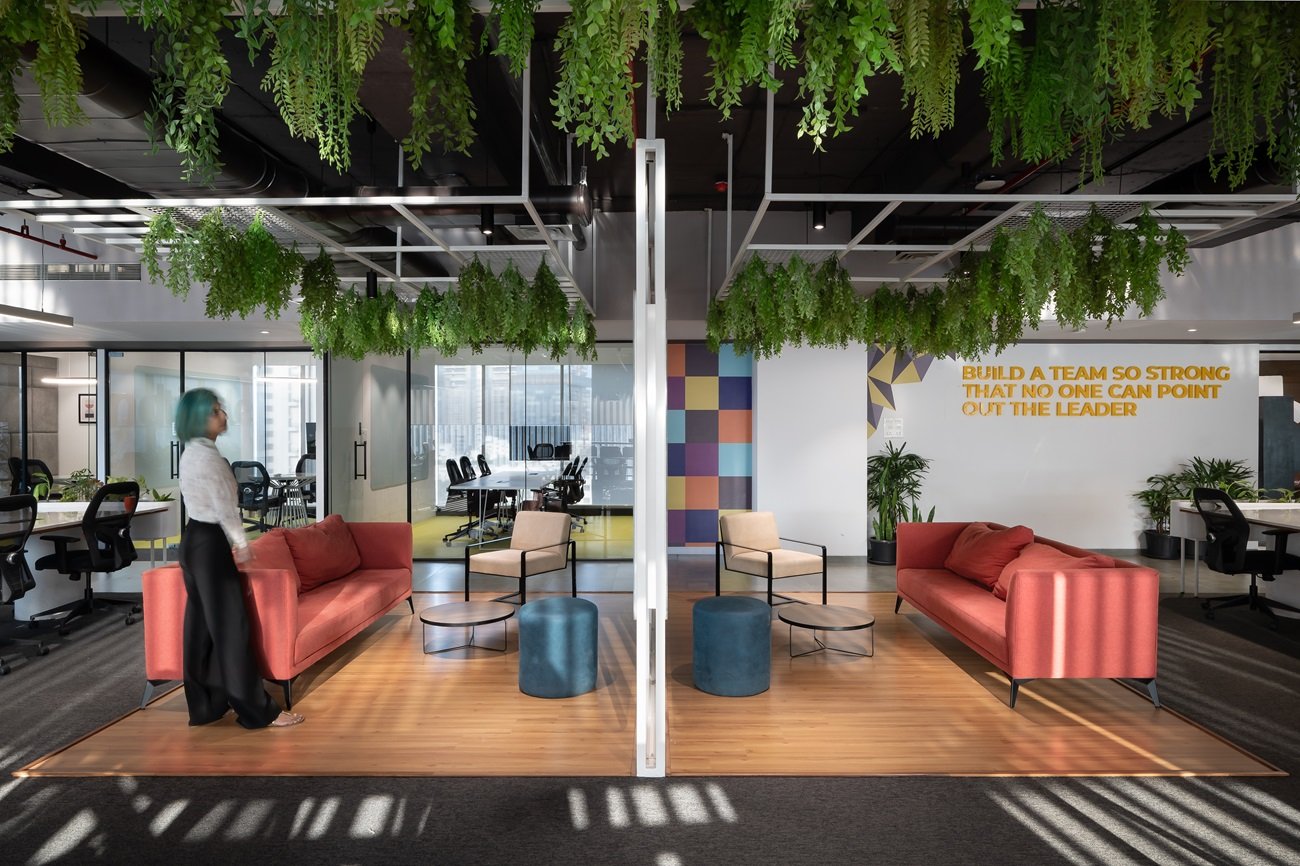The significance of colours in our daily lives and their influence on our emotions and mood are undeniable. In an office setting, the strategic use of colour can create an environment that enhances efficiency, innovation, and overall well-being. As organisations continue to evolve with new trends and technologies, recognising the role of colour in office design becomes increasingly essential.
This article explores the psychology of colour, its impact on workplace productivity, and how businesses can collaborate with the top office designers to create spaces that inspire and engage employees.
The Significance of Colour in the Workplace
Colour plays a crucial role in defining a company’s identity and reinforcing its mission and core values. It is essential to understand how each colour influences the mind and body before selecting a palette for innovative office interiors.
Additionally, colour coding can enhance organisation and efficiency by helping employees easily identify tasks and responsibilities. Colour is also a powerful tool in branding and marketing, ensuring a professional and cohesive workplace aesthetic.
How Colours Affect Productivity in the Office
A study by the University of Texas found that different colours trigger distinct brain reactions, impacting employees’ moods and productivity. The study revealed that dull colours like beige, white, and grey tend to induce sadness and lethargy, particularly among women. Meanwhile, men were found to be more affected by dark and intense colours like orange and purple.
Scientific research suggests that colours influence more than just moods—they can enhance or hinder productivity. Bright and stimulating colours, when used thoughtfully, can boost energy levels, while softer hues create a calming environment conducive to focused work.
The Best Colours for Boosting Workplace Productivity
Expert office designers carefully select colour palettes to maximise employee performance. While colour choice may seem like a minor aspect of office design, it has a profound impact on an organisation’s success. Companies should consider their corporate culture and desired brand image when selecting office colours. Here are some of the best colours for workplace productivity:
Green: It represents balance and tranquillity, making it an excellent choice for reducing stress in the workplace. It promotes a relaxed yet focused atmosphere, fostering a productive work environment.
Blue: It is a mentally stimulating colour that promotes focus and efficiency. It is particularly beneficial in offices where analytical thinking and high concentration levels are required.
Red: It is a powerful and energetic colour that creates a sense of urgency and motivation. However, it should be used sparingly as excessive exposure can lead to feelings of stress and agitation.
Yellow: It is associated with optimism and creativity. It is ideal for workspaces where innovation and brainstorming are essential, as it fosters a sense of enthusiasm and energy.
White: It creates a sense of clarity and openness, making a space appear clean and professional. However, opting for softer shades of white or pairing them with accent colours can prevent the environment from feeling too sterile.
Incorporating Colour into Workplace Design
The right use of colour in modern office interiors can significantly enhance the ambiance and overall employee well-being. Here are some effective ways to integrate colour into the workplace:
Wall Accents: A feature wall painted in a bold colour can add visual interest and define different areas within the office.
Colourful Furniture: Adding vibrant furniture pieces such as chairs and sofas can make the office feel more dynamic and engaging.
Colour-Coded Organisation: Using different colours to categorise files, supplies, and equipment enhances efficiency while also brightening up the workspace.
Decor and Artwork: Incorporating colourful artwork, posters, or photographs can create a stimulating and welcoming office environment.
Lighting: Coloured lighting solutions, such as LED accents or warm-toned lamps, can enhance the workspace ambiance while supporting employee comfort.
Natural Elements: Integrating natural elements such as plants, flowers, or wooden textures adds both colour and texture, contributing to a calm and pleasant office atmosphere.
Colour is a powerful yet often overlooked tool in office design. By understanding colour psychology and strategically applying it in modern office interiors, businesses can create environments that support employee well-being, enhance productivity, and reflect their brand values. With the right design approach, colour becomes an integral part of a company’s success.
Our expert office designers incorporate the right colours into your office space, Studio AsA offers innovative office interior solutions tailored to your business needs.





